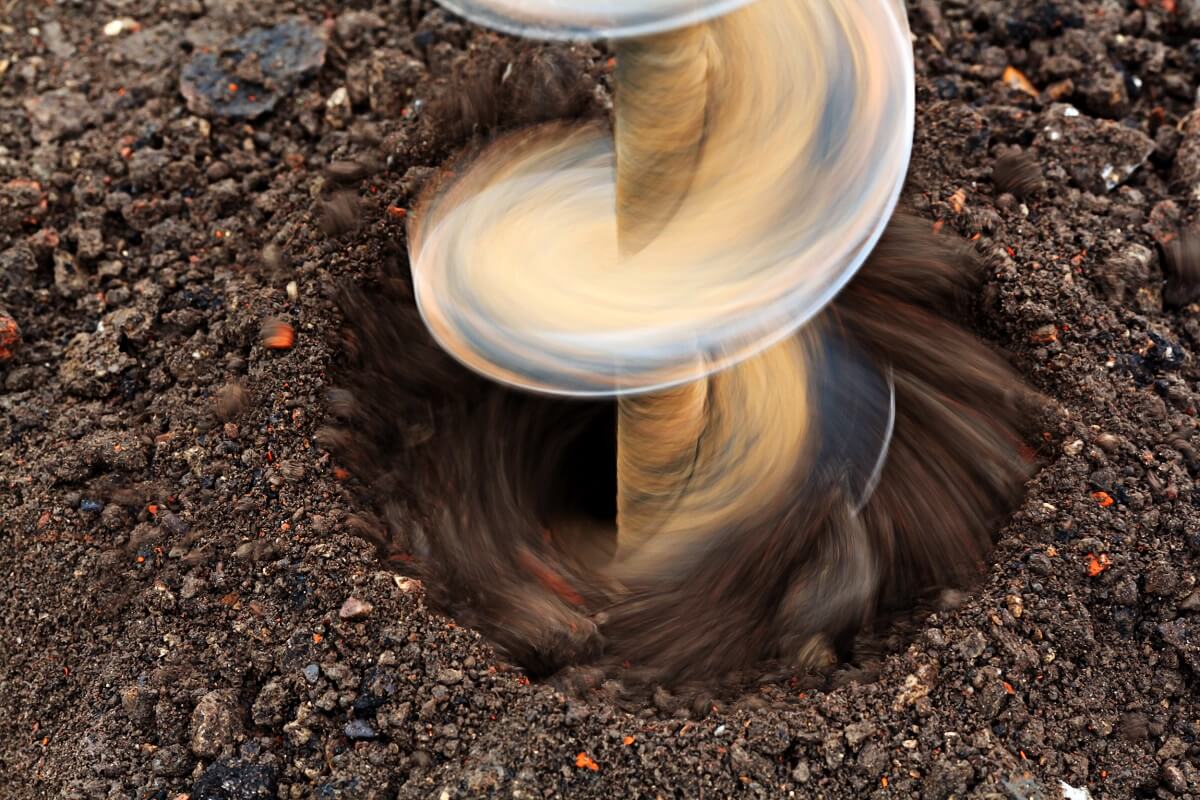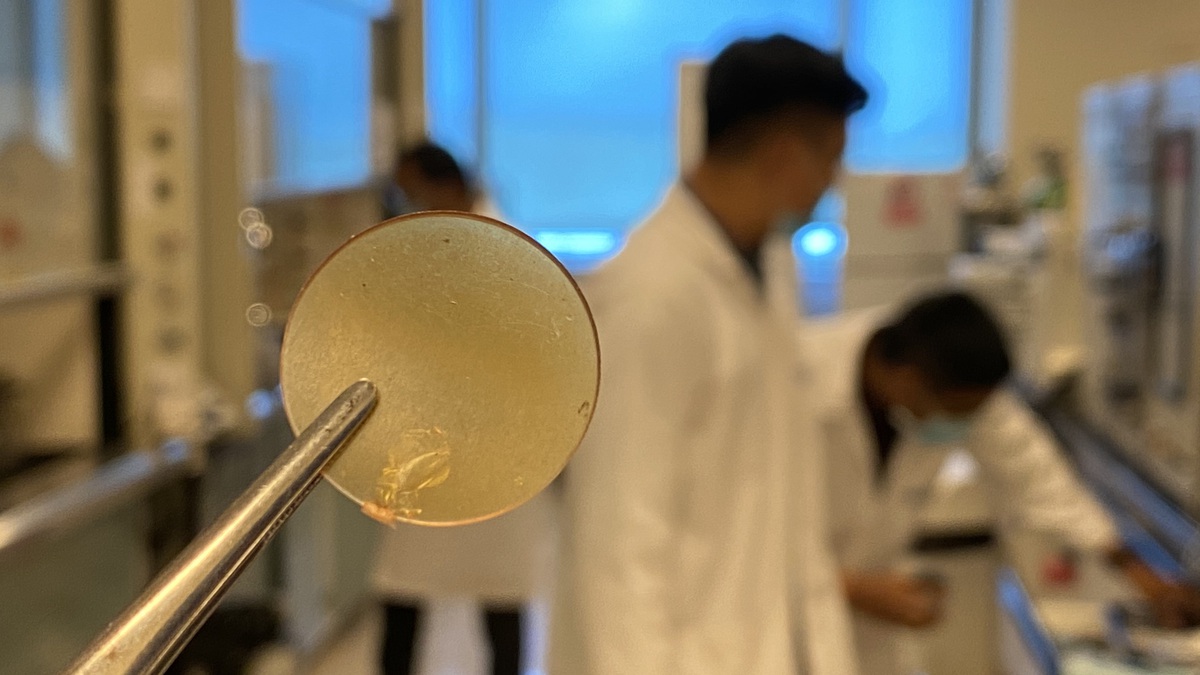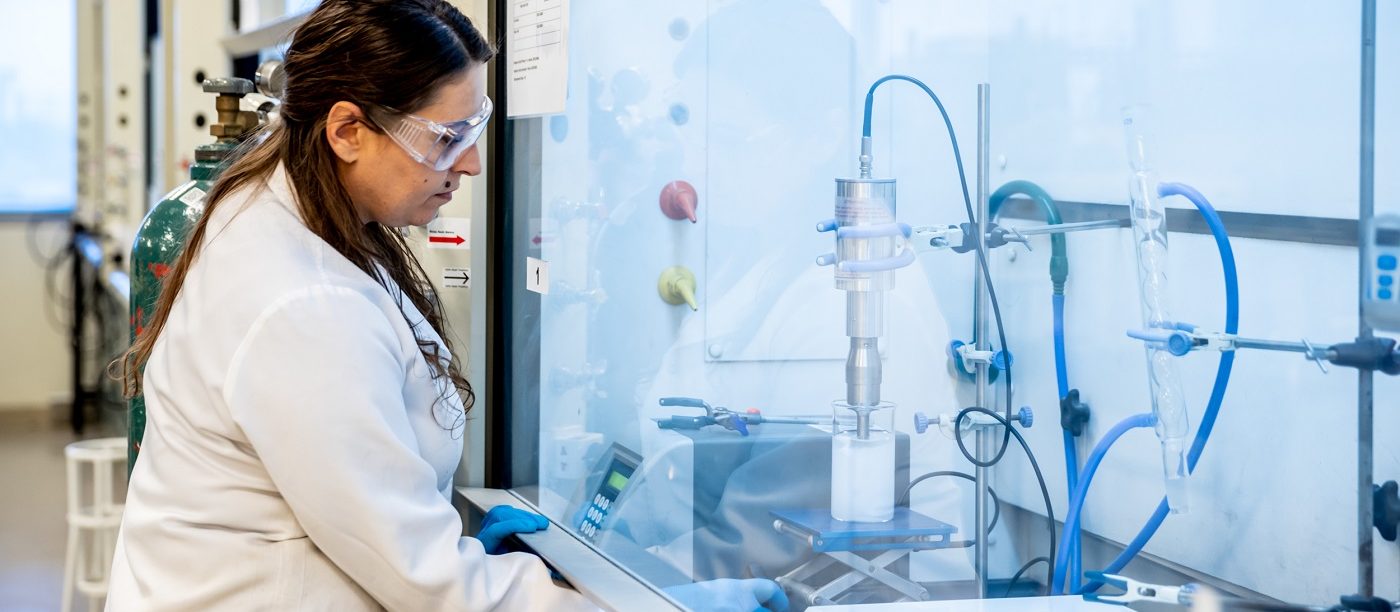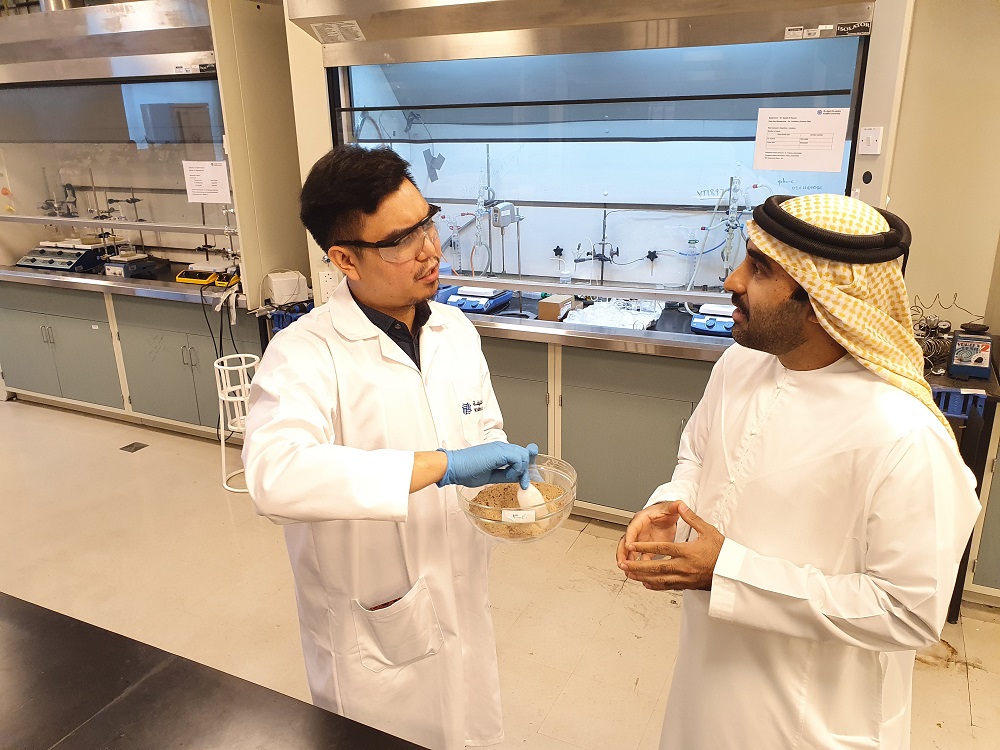
A new approach to drilling oil wells that combines novel drill-in fluids with enzymatic wellbore cleanup fluids could lead to more productive oil and gas reservoirs.
Research led by Dr. Samuel Osisanya, Professor of Petroleum Engineering at Khalifa University, with Ismail AlCheikh, former KU Graduate Research and Teaching Assistant, Dr. Bisweswar Ghosh, Associate Professor of Petroleum Engineering, and Dr. Debayan Ghosh, President and Founder of Epygen Biotech, has led to the development of a new drill-in fluid and non-corrosive cleanup solution to maximize oil well productivity.
Drilling fluid is an essential component of any rotary drilling operation—no drilling can be performed without it. In geotechnical engineering, drilling fluid is used to aid the drilling of boreholes into the earth. Drilling fluid provides hydrostatic pressure to prevent formation fluids from entering the wellbore, keeps the drill bit cool and clean during the process, carries out drill cuttings, and suspends said cuttings while drilling is paused and the assembly is moved.
The drilling fluid for any job is selected to avoid formation damage – the general term to describe the reduction in permeability to the wellbore area – and limit corrosion. To a great extent, the successful completion of a borehole depends on the properties of the drilling fluid.
“Drilling fluids have undergone significant development since they were first used,” said Dr. Osisanya. “As drilling operations progressed, new conditions were encountered and new functions were required. Despite the usefulness of drilling fluids with regards to any rotary drilling operation, there are several aspects that require critical attention and control.”
Dr. Osisanya’s work focuses on minimizing formation damage to the wellbore. There are many ways this area can be damaged, including solid particles from the drilling fluid physically plugging pores in the formation and chemical reactions between the drilling fluid and the formation rock precipitating solids that line the borehole as a sludge.
“Drilling fluids with improper particle size distribution result in the plugging of the formation pores,” explained Dr. Osisanya. “This is due to the act of the invading filtrate into the pores, known as internal damage. Internal damage causes a decrease in the porosity or permeability of the formation and therefore lowers its productivity.”
One approach to minimizing formation damage is to use drill-in fluids specially formulated to avoid damage to the formation.
“For a drilling fluid to be used as a drill-in fluid, several modifications to the composition and properties must be made,” said Dr. Osisanya. “The addition of sized bridging particles such as calcium carbonate and sodium chloride is an example of such a modification.”
One of the critical factors in designing a drill-in fluid is to prevent the solids and filtrate present from the drilling process from invading the pores, effectively sealing the formation surface. What is known as Abram’s Rule can be used to formulate a drill-in fluid as it specifies a bridging agent to be equal to or slightly greater than one third of the medium pore size of the targeted formation. However, this rule only addresses the particle size that initiates a bridge and does not address the best packing sequence for minimizing fluid invasion and optimizing sealing.
Instead, Dr. Osisanya applied Ideal Packing Theory by determining the maximum, median and minimum pore sizes of a given core plug to provide the full particle size distribution required to quickly bridge all sizes of pore openings.
Because each reservoir is unique, each drill-in fluid must be tailor-made. Laboratory tests on core samples characterized the reservoir rock and then a polymer-based drill-in fluid was formulated using calcium carbonate bridging particles.
Results from core flood tests showed that effective filter cakes – impermeable layers of built-up solids used to prevent filtrate loss during the initial drilling – were deposited on the core face, reducing permeability by more than 99 percent.
While blocking the pores in a wellbore is necessary during the drilling process, once the well is complete, the reservoir rock needs to be returned to its original permeability so the sought-after hydrocarbons can flow to the surface during production. If sufficient permeability cannot be restored, it will not be economically viable to extract the hydrocarbons.
“Homogenous and effective cleanup operations must then be performed to remove any residual filter cake (known as external damage) and to restore the well’s original permeability,” said Dr. Osisanya. “The second objective of this work was to develop a non-corrosive wellbore cleanup fluid to remove the external filter cakes and bring the skin close to zero prior to well completion.”
A zero-skin well refers to a well in which the permeability around the wellbore is unaltered after drilling takes place.
To maximize the production rate and economic value of the well, the filter cake needs to be removed as uniformly as possible from the entire borehole. Historically, acid, particularly hydrochloric acid, has been used to remove calcium carbonate in filter cakes. While strong acids can give good results in wells with short production intervals, the very fast reaction rate results in the consumption of the acid before a homogenous cleanup is achieved. Plus, strong acids tend to also react with downhole equipment and tubulars causing severe corrosion. Conversely, weak acids have improved efficiency due to their slow reaction but are unable to dissolve a filter cake’s polymer content and are also corrosive to the downhole tools.
“Normally, wellbore cleanup fluids are highly acidic and need a corrosion inhibitor,” explained Dr. Osisanya. “But this new formulation is effective in minimizing corrosion of downhole tools without the use of corrosion inhibitors.”
Dr. Osisanya’s work combines acid precursors and enzymes into one cleanup solution. Organic acid precursors are esters which generate weak acids downhole at various rates, which minimizes corrosion as they are pumped downhole in a non-acidic phase. These clean the carbonate content of the filter cake. To tackle the polymer content, specific enzymes such as alpha-amylase are used. The combination leads to effective and uniform removal of the filter cake while also limiting corrosion of the tools and equipment.
“The corrosion rates were found to be significantly below the industry limits. Meaning, the use of acid corrosion inhibitor is not necessary,” said Dr. Osisanya. “The industry accepted corrosion limit is 4.6mm per year. The average corrosion rate from our solution was 0.327mm per year.
Corrosion inhibitors are usually inorganic salts of heavy metals and extensive use of these materials is restricted in many areas due to their impact on personnel and the surrounding area. Strong acids also pose significant health and safety risks as well as environmental concerns. A corrosion free breaker chemical is key to mitigating these issues.
Not only is Dr. Osisanya’s cleanup solution minimally corrosive, it is also very efficient. Return permeability for all tests was around 95 percent. As a common acceptable return permeability is around 60 percent, this is a remarkable improvement.
“The combination of our designed drill-in fluid and the cleanup solution saw us achieve a ‘near zero-skin,’ which was the objective of this research.”
Jade Sterling
News and Features Writer
18 November 2019






